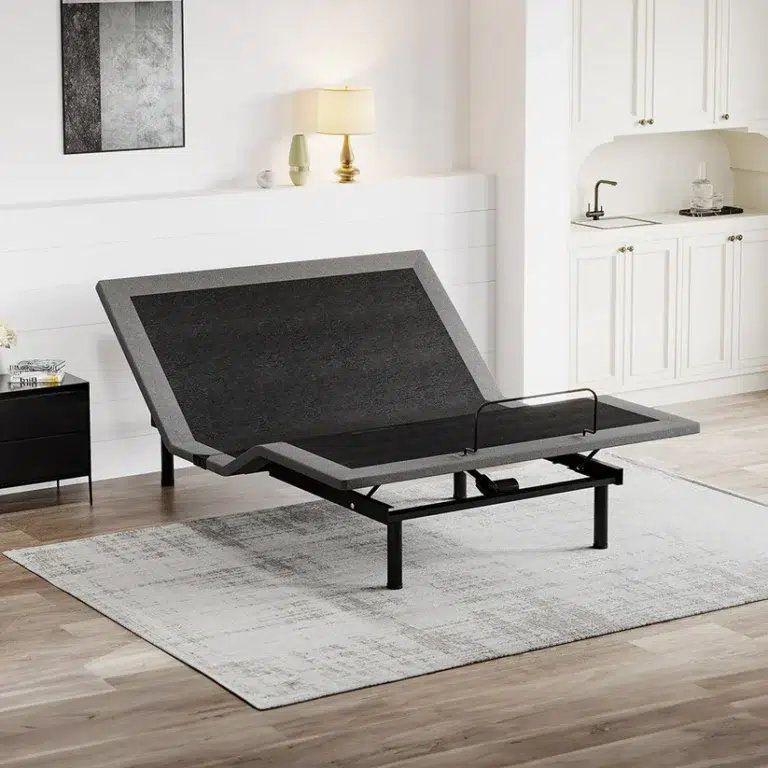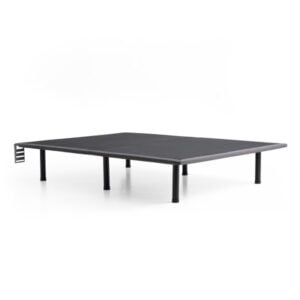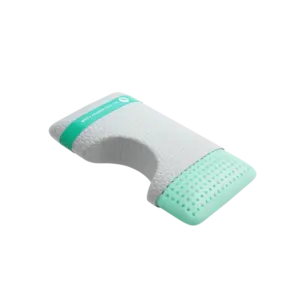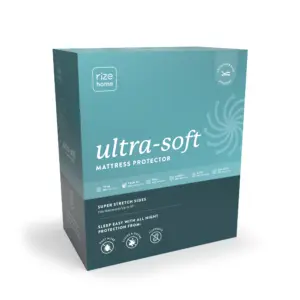Adjustable Beds: Are They Worth It? Weighing the Benefits and Drawbacks
Are you pondering the question, Are adjustable beds worth it? You’re not alone! Adjustable beds have gained popularity for their alluring promises of comfort and health benefits. Let’s dive into the key advantages and disadvantages to determine if they are the right choice for you.
Understanding Adjustable Beds
Adjustable beds are cleverly engineered bed frames designed to adapt to various positions, making them distinct from traditional beds. They allow you to elevate the head and feet or fine-tune the mattress’s angle, enabling you to find your optimal comfort level while sleeping.
Functionality
The magic behind adjustable beds lies in their intricate system of motors and joints, which facilitate seamless modifications to the bed’s position. Most contemporary models come with user-friendly remote controls, allowing you to adjust your bed with the ease of a button press. Advanced versions may even include features like massage functions, USB ports, and smart home connectivity for an added touch of luxury.
Types of Adjustable Beds
There’s a wide variety of adjustable beds to cater to different preferences:
– Single Adjustable Beds: Ideal for those who sleep alone and wish to customize their experience.
– Split Adjustable Beds: Perfect for couples, allowing each partner to set their side to their liking, minimizing conflicts over comfort.
– Wall-Hugger Adjustable Beds: Designed for snug spaces, these beds keep you closer to your nightstand even when elevated.
Key Components
An adjustable bed generally includes vital components such as:
– Frame: The robust base that holds the mattress and houses the motor.
– Motor: Powers adjustments; look for quieter, durable options.
– Remote Control: Offers easy access to adjust settings; some models also feature controls for additional amenities like massage or lighting.
– Mattress Compatibility: While many mattress types can be used, memory foam, latex, and hybrid options tend to pair best with adjustable beds due to their flexibility.
With an increasing number of people recognizing the numerous advantages adjustable beds offer, they are worth considering. From exceptional comfort to potential health improvements, let’s delve deeper into the benefits they provide.
The Benefits of Adjustable Beds
Adjustable beds offer several perks that can drastically enhance your sleep quality and well-being. Let’s explore these advantages in detail.
1. Improved Circulation
Elevating parts of your body through an adjustable bed can significantly boost blood circulation. For individuals with conditions such as edema or deep vein thrombosis (DVT), elevating the legs can promote better blood flow, easing strain and enhancing heart health.
2. Pain Relief
The adjustable feature is a game-changer for chronic pain sufferers. By aligning your bed to support your natural spine curvature, adjustable beds reduce pressure points on your back, joints, and muscles. This is particularly beneficial for anyone recovering from surgery or battling persistent pain.
3. Reduction of Snoring and Acid Reflux
Individuals plagued by snoring or chronic acid reflux may find relief with an adjustable bed. A slight incline keeps the airways open and minimizes acid reflux symptoms by preventing stomach acid from rising. This means a more serene sleep environment with fewer disruptions.
4. Enhanced Comfort and Convenience
Besides health benefits, adjustable beds bring added comfort and convenience. Many models feature built-in massage options, USB charging ports, and a variety of configurations to accommodate various activities—be it reading, working, or watching TV—all tailored to your personal needs.
In conclusion, adjustable beds provide significant benefits ranging from improved circulation and pain alleviation to reduced acid reflux and enhanced convenience.
The Drawbacks of Adjustable Beds
While adjustable beds sound appealing, they come with certain drawbacks worth considering:
1. Higher Costs
One of the major downsides is the price. Adjustable beds are typically more expensive than conventional beds due to their advanced technology. The initial investment, along with possible future maintenance, can be daunting.
2. Increased Noise
Adjustable beds often have motors that can generate noise during operation. Light sleepers may find the sounds of the motor or the frame’s creaks disruptive, especially when adjusting positions during the night.
3. Weight and Mobility Challenges
Many adjustable beds are heavier than traditional models, making them cumbersome to move. This can pose difficulties during setup or when attempting to rearrange your bedroom.
4. Unique Sizing Requirements
Adjustable beds usually necessitate special-sized sheets and accessories, which can be more expensive and challenging to find compared to standard bed sizes.
In summary, while adjustable beds boast numerous advantages, the potential costs, noise, and weight considerations are valid concerns for prospective buyers.
Are Adjustable Beds Worth It for Specific Needs?
For the Elderly
Adjustable beds can be transformative for elderly individuals, providing independence by making it easier to get in and out of bed safely, thereby reducing fall risks.
For Back Pain Sufferers
People with chronic back pain may find adjustable beds the perfect solution, enabling them to achieve optimal spinal alignment and pressure relief while they sleep.
For Acid Reflux Patients
An adjustable bed can provide a lifeline for those battling acid reflux by enabling head elevation, which prevents stomach acid from rising and disrupting sleep.
For Couples
With split adjustable beds, couples can tailor their sides to suit individual needs, accommodating differing preferences and enhancing sleep quality for both partners.
Frequently Asked Questions about Adjustable Beds
What Are the Disadvantages of an Adjustable Bed?
The main disadvantages include higher costs, potential noise, and unique sizing requirements, which can complicate bed ownership and maintenance.
What Do Doctors Say About Adjustable Beds?
Many medical professionals advocate for adjustable beds, specifically for patients with conditions like acid reflux, mobility limitations, or chronic pain, emphasizing the health benefits.
Do Chiropractors Recommend Adjustable Beds?
Yes, numerous chiropractors support the use of adjustable beds for their ability to promote spinal alignment and reduce pain, which ultimately leads to improved sleep quality.
Conclusion
In summary, adjustable beds bring a unique combination of benefits and drawbacks. They enhance circulation, relieve pain, and improve comfort, but come with higher costs and noise issues. For individuals with specific health concerns or unique sleep preferences, the advantages often outweigh the downsides.
At Yawnder, we believe investing in an adjustable bed can dramatically enhance your sleep quality and overall health. We offer a variety of adjustable beds crafted with quality materials and advanced features to cater to diverse needs and budgets.
Are you ready to elevate your sleep experience? Explore our range of adjustable beds today and discover the perfect fit for your lifestyle.













